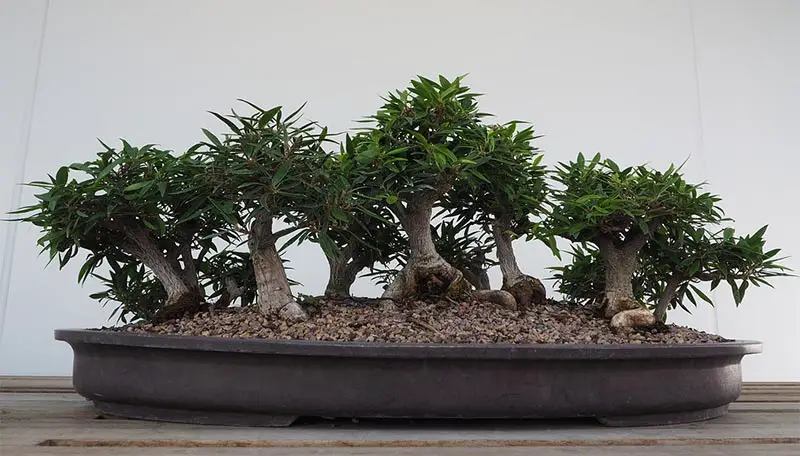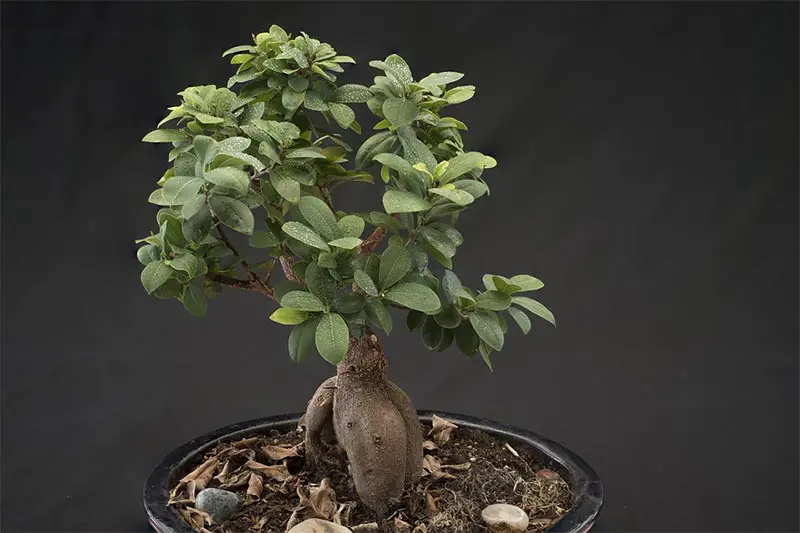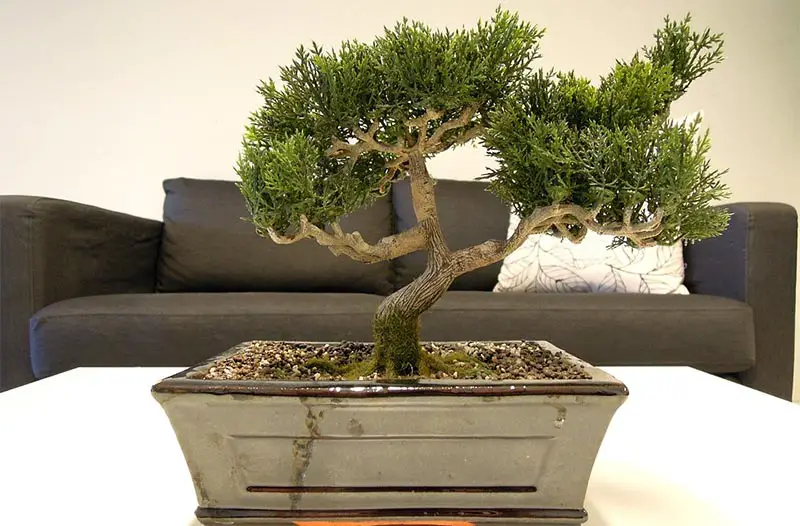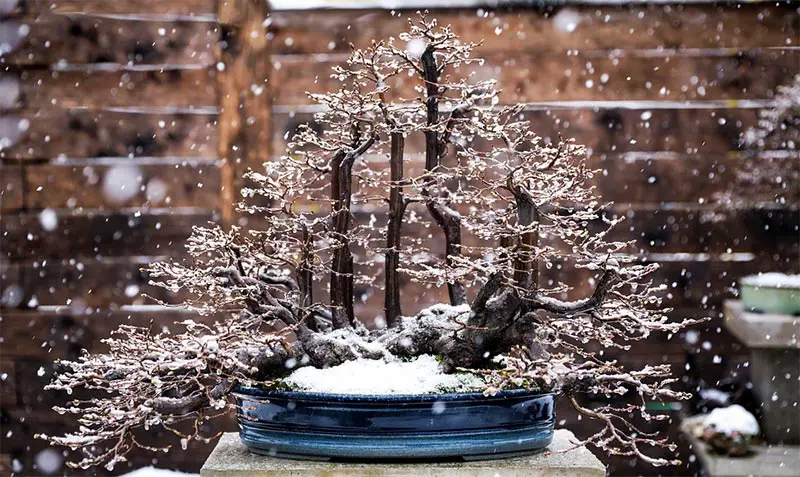How to Deal With White Mold on Soil
Welcome to this short article on how to deal with white mold occurring in the soil surrounding your bonsai plant. Easy to identify, the cause and remedies for this minor setback will require a little more knowledge and expertise.

Fuzzy White Growth in Potted Plants
In most cases, you’ll find that your worries have been unfounded and that all you’re dealing with is a harmless saprophytic fungus. In other cases, where you find that you are dealing with the “real mackoy,” we’ll show you some quick and painless methods to tackle and triumph over your minor headache.
Can Moldy Soil Harm Plants?
When you crack open a beer or dig into a cup of yogurt, the micro-organisms that you don’t see will probably make your hair stand on end. So, the answer to our question is no, the white stuff growing in the soil around your plants is usually beneficial to them and thus harmless.
Molds and fungi need to be present in every organic gardening mix, and their absence should be a cause for concern. The problem arises when saprophytic fungi appear because your plant is not getting what it needs in proper air circulation, sunlight, and moisture.
A saprophyte is an organism that’s able to survive on dead organic matter, as do certain fungi and bacteria. This white, fuzzy mold competes against your plant for nutrition, so it’s an early warning sign to which you’ll need to pay close attention.

Removing Mold From Soil
If there’s mold growing in the soil around your plants, here’s what you need to do:
- First, remove the mold from the affected bits of soil by scraping it away. Discard the removed soil and sterilize whatever implement you used. If you suffer from any allergies, be sure to wear a breathing mask.
- Lightly dust the remaining soil with ground cinnamon. The active ingredient in cinnamon and what gives it its flavor and scent is also an excellent natural fungicide that prevents mold growth. Try for even distribution as it only requires a thin layer.
- Don’t water until the top two inches of soil have dried. For smaller containers, wait until the top bit of ground has dried before starting to water again. Use a chopstick or toothpick to measure moisture levels.
Because potted plants are prone to mold, avoid using impermeable plastic containers or pots without holes as they retain moisture.
Other Things to Do
- Don’t let pots lie in saucers full of water for longer than five minutes. Make sure that any excess moisture is drained off.
- Keep plants in direct sunlight or intense artificial light to assist them in keeping dry.
- If you notice any mold, place the plant outside for a day to give it natural light and air. Once brought back indoors, find a good spot for the plant to get more sun and circulating air.
- Transplanting to a larger pot might help, but be sure to choose a pot with good drainage.
Is it Safe to Use Old, Moldy Potting Soil?
- For transplanting your plant, or simply replenishing its dirt levels, then yes. Before using, mix up the contents of the bag of soil, working the suspected mold back in with the dark earth. It’s also recommended that you add a little fresh compost.
We have a detailed bonsai tree care guide with all the relevant information. Check the guide out here!

- If you plan to start growing new seeds, don’t use that soil. Since any existing mold will compete with the seedlings for nutrients in the soil, it’s best to give the new plants a fighting chance using fresh dirt.

Is Mold in Potted Plants Dangerous to Humans?
Unless you’re allergic to mold or any of the pathogens carried by its spores, mold is generally harmless to humans. While plants in outdoor containers are less likely to attract or grow mold, it can happen.
Such mold typically requires less water and more sun and wind to survive, so keeping those temptations away can prove helpful for those gardeners prone to allergies.
Preventing Mold from Growing in Soil
While you can never eliminate mold, its spores are regular in and around soil and are usually harmless. The real threats are to your plant and are exacerbated by heat, humidity, and low ventilation. These conditions allow mold spores to grow into their adult form of fungi, which releases even more spores.
Because they retain more moisture, indoor planters and container gardens are common hosts for mold. To prevent growth, follow the steps below:
- Don’t overwater. Overwatering is the main reason for mold growth in container plants. Soil that is constantly moist to the surface is much more likely to attract mold spores. Water only once the top quarter of a pot’s total soil volume has dried out. For example, if your plant’s soil is 8″ deep, don’t water it until the top 2″ has dried out. For most indoor plants, watering once or twice a week should be sufficient.
- Reduce Humidity, and Increase Ventilation. Together, reduced humidity and increased ventilation create a stale environment in which mold thrives. Don’t overwater and place your plants in sunnier, well-ventilated areas.
Is It Mold or Perlite?
Perlite is a white volcanic glass that is used to improve drainage for your plants. Please don’t mistake it for mold.

Final Word
As you can see, mold in potting soil is very easy to treat. Please don’t mistake it for something it isn’t, and dispose of it as soon as possible after it first appears, making sure to sterilize your implements after use.







